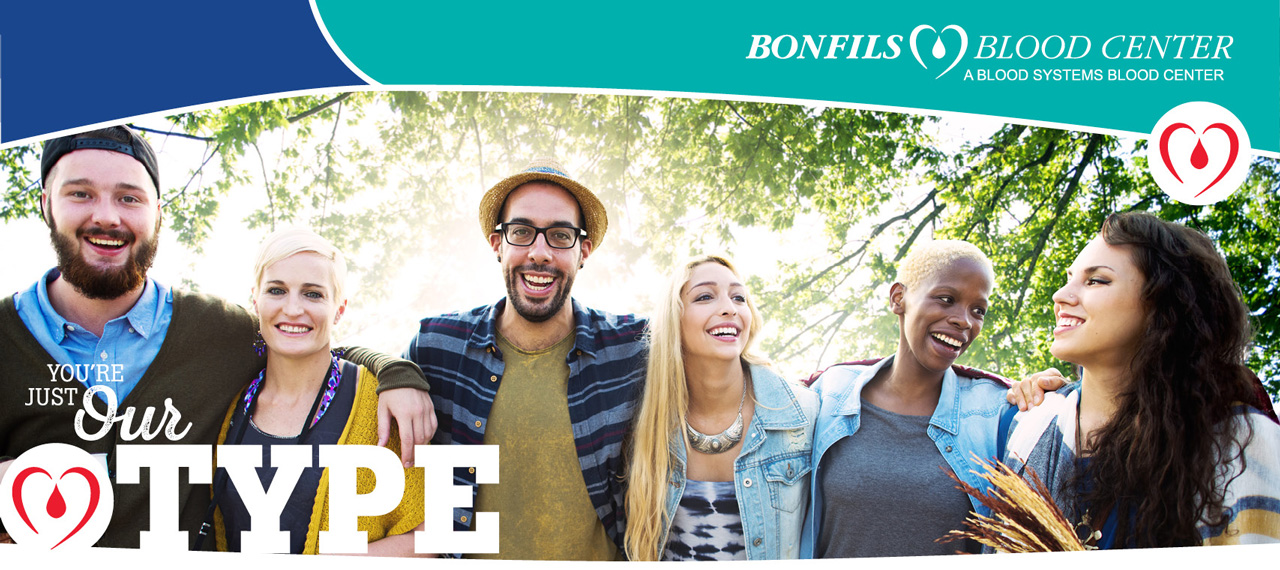Bonfils Blood Center: Saving Colorado Lives Since 1943
Not all heroes wear capes. In fact, the most overlooked and underrated heroes wear civilian clothes and a cotton ball and colored band around their elbow.
They are blood donors. Though they may not get noticed on the street, they understand the simplest moments often have the biggest impact. Without them, hospitals would not be able to carry out the lifesaving work they do at Bonfils Blood Center on a daily basis. They’re just our type of Coloradan.
More than 100 hospitals in Colorado alone require 3,000 blood donors per week to meet the needs of all their patients. Each donor can give a pint of blood at a time, so that means 375 gallons of blood are essential to saving lives every week.

During World War II while Americans supported the war effort at home, they realized the lifesaving importance of blood transfusions. Our founders exemplified the independent spirit of Colorado and helped pioneer social responsibility in our state. So too did Denver philanthropist Helen Bonfils who founded Belle Bonfils Memorial Blood Bank, named after her mother. Later changed to Bonfils Blood Center (pronounced (\’bän-feez), like Bonnie), Bonfils was the first blood center in Colorado. Before that, the closest blood banks were in Kansas City and Dallas.
Our organization continues to grow. Recently, Bonfils merged with Blood Systems, Inc., a fellow Arizona-based nonprofit also founded in 1943 and one of the nation’s oldest and largest transfusion medicine organizations. Headquartered in Denver, Blood Systems’ Mountain Division consists of Bonfils Blood Center operations in Colorado and United Blood Services operations throughout Wyoming, western Nebraska and southwestern South Dakota.
Last year, more than 67,000 Coloradans donated over 17,000 gallons of blood. Yet as Colorado’s population grows, so too does the need for more donors to support our hospitals and healthcare partners.
Healthy blood donors can donate up to six times per year. The vast majority of the population is eligible to donate, yet only four percent give. If donors gave three times per year, we could prevent critical blood shortages. It takes all blood types to save lives.
Though the fear of a needle might keep some away, regular donors say it is well worth the momentary discomfort.
“I didn’t start giving blood regularly until I was probably 40, but I wish I had started sooner,” Bonfils donor Joyce Aguirre said. “It’s something that I can give of myself and it gives life. A lot of people really need blood, and I want to help those people. Anybody can do but not so many people like to do it, even though it’s really important.”
Our type doesn’t do it for praise or admiration. Our type does it because it’s in their blood. Together, we are Bonfils.


